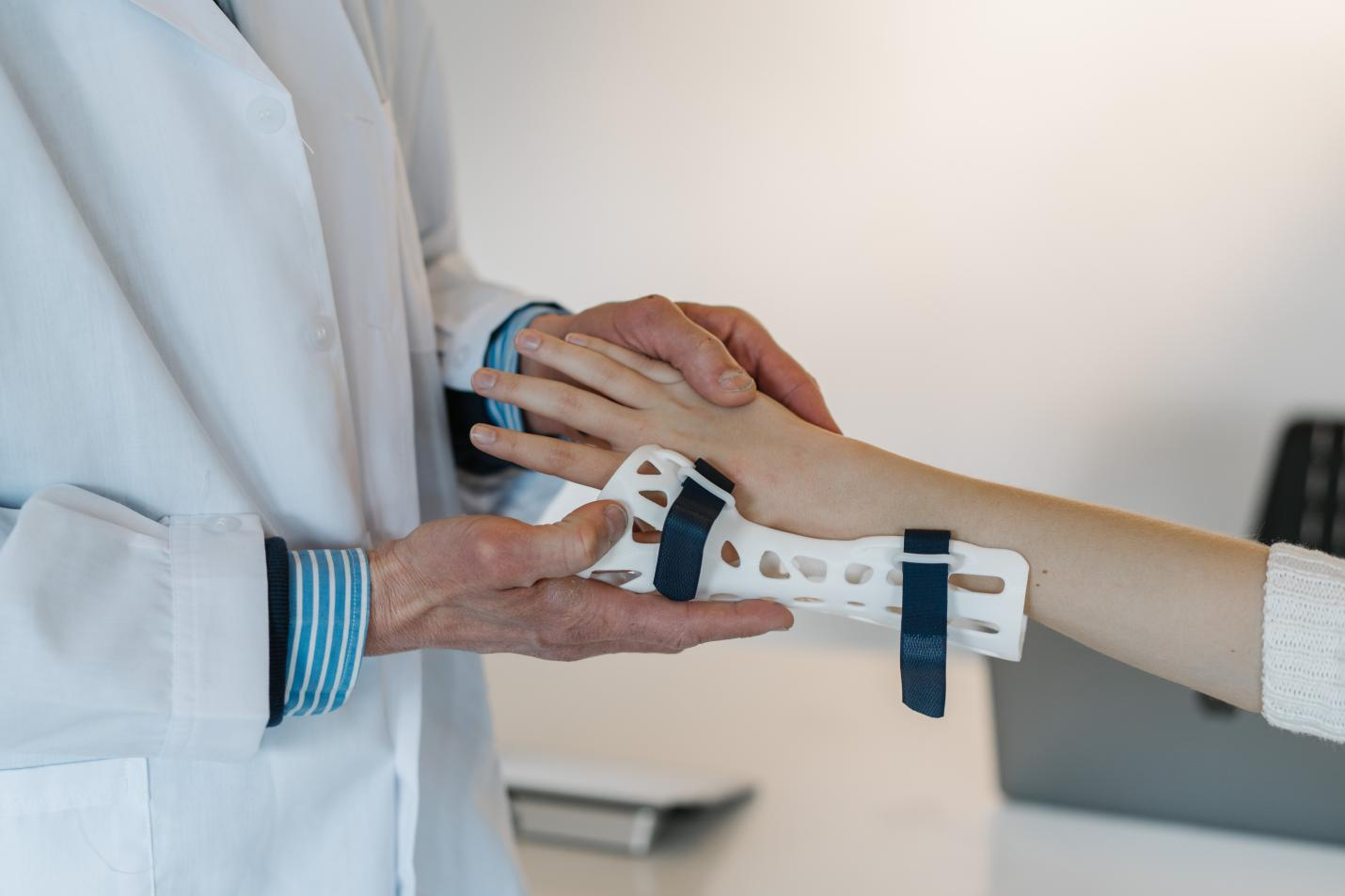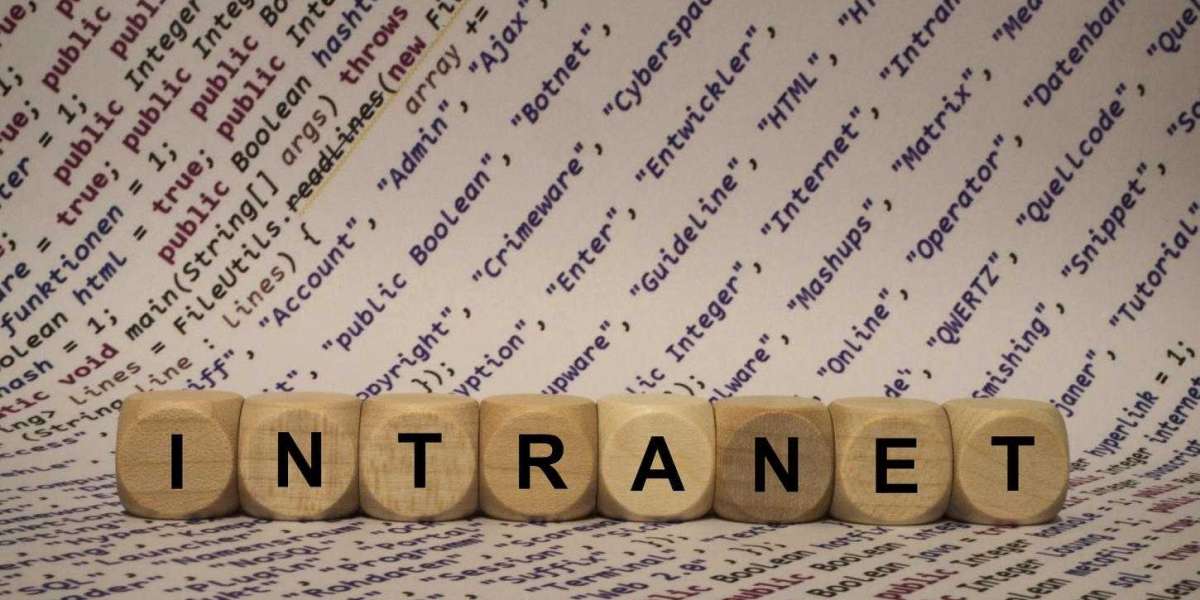As the popularity of 3D printing continues to rise, understanding the associated 3D printing costs becomes essential for both hobbyists and professionals. This article aims to provide a comprehensive breakdown of the various factors that contribute to the overall expenses of 3D printing.

Materials: The Foundation of 3D Printing Costs
The choice of materials significantly impacts 3D printing costs. Different materials come with varying price points and properties. Common materials include:
- PLA (Polylactic Acid): Affordable and easy to print, typically costing around $20 to $30 per kilogram.
- ABS (Acrylonitrile Butadiene Styrene): More durable than PLA, usually priced between $25 and $35 per kilogram.
- Nylon: Known for its strength and flexibility, nylon can range from $30 to $50 per kilogram.
- Resins: Used in SLA printers, resins can cost anywhere from $50 to $150 per liter.
When considering 3D printing costs, it is crucial to evaluate the specific requirements of your project. For instance, if you need a strong and flexible part, investing in nylon may be worthwhile despite its higher cost.
Equipment: Initial Investment and Long-Term Costs
The initial investment in 3D printing equipment can vary widely based on the type of printer you choose. Entry-level FDM printers can be found for as low as $200, while high-end industrial printers may exceed $100,000. Factors to consider include:
- Printer Type: FDM, SLA, SLS, and DLP printers each have different price points and capabilities.
- Build Volume: Larger printers often come with higher costs but allow for bigger projects.
- Brand and Features: Established brands with advanced features may command a premium price.
In addition to the initial purchase, ongoing maintenance and operational costs must also be factored into your budget. Regular maintenance can help extend the lifespan of your printer and ensure consistent print quality.
Maintenance: Keeping Your 3D Printer in Top Shape
Maintenance is a critical aspect of managing 3D printing costs. Regular upkeep not only prolongs the life of your equipment but also enhances print quality. Key maintenance tasks include:
- Cleaning the print bed and nozzle to prevent clogs.
- Calibrating the printer to ensure accurate dimensions.
- Replacing worn-out parts, such as belts and nozzles, as needed.
By investing time and resources in maintenance, you can avoid costly repairs and ensure that your printer operates efficiently.
Conclusion: Budgeting for 3D Printing Costs
Understanding the true 3D printing costs involves a detailed analysis of materials, equipment, and maintenance. By carefully considering each of these factors, you can create a realistic budget for your 3D printing projects. Whether you are a hobbyist or a professional, being informed about these costs will help you make better decisions and optimize your printing experience.






